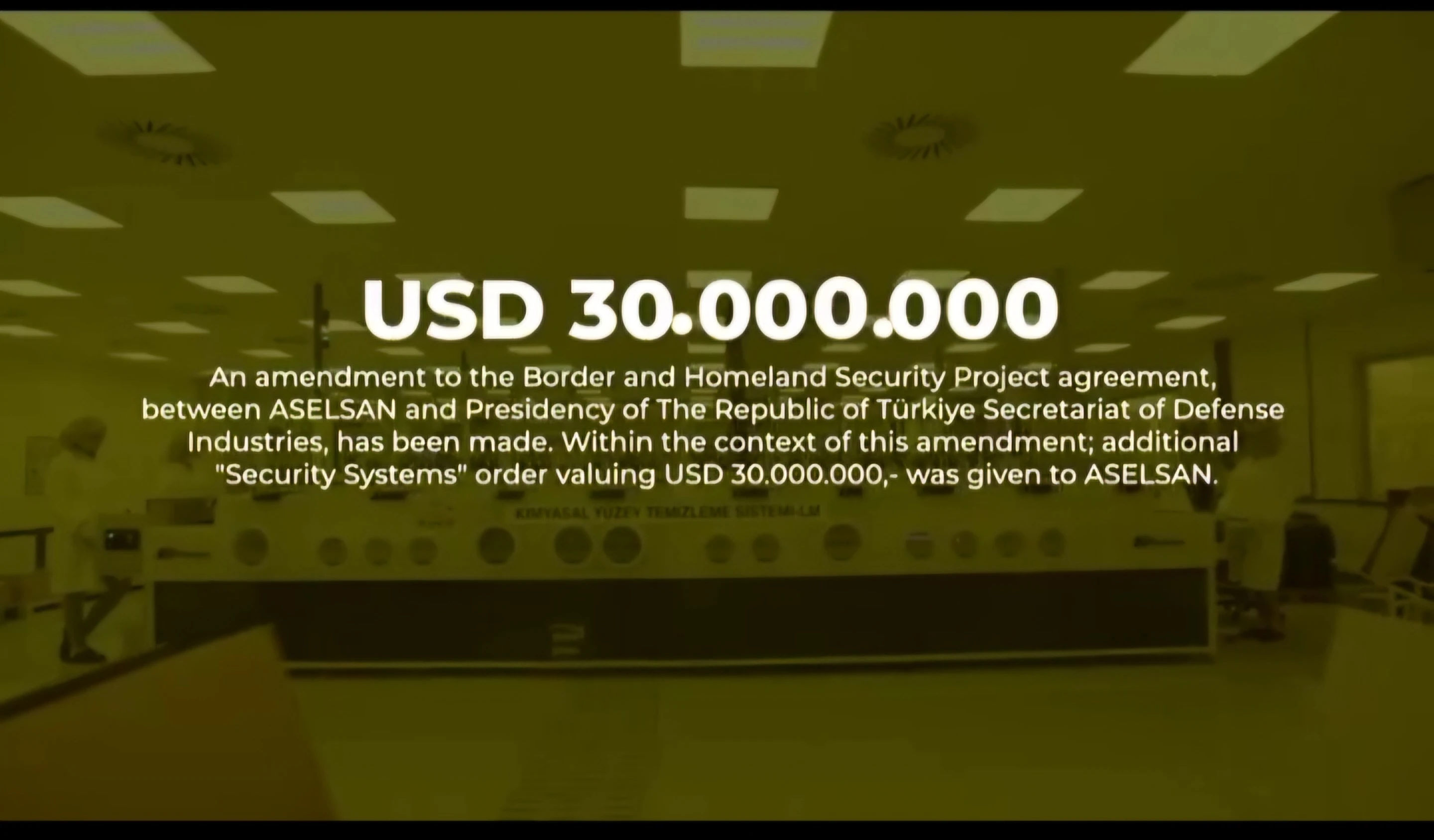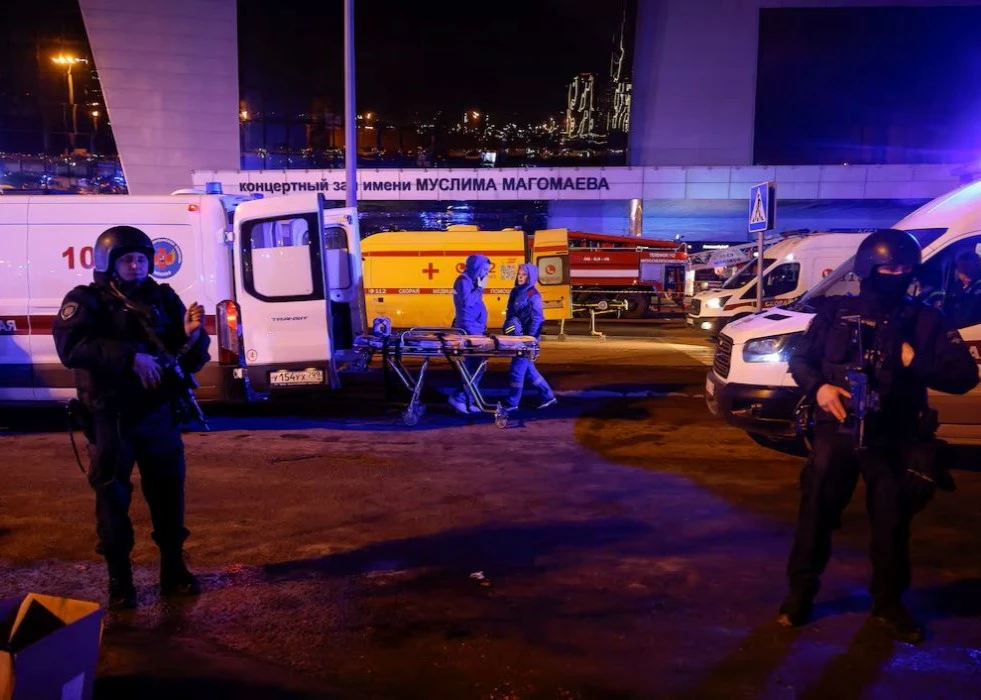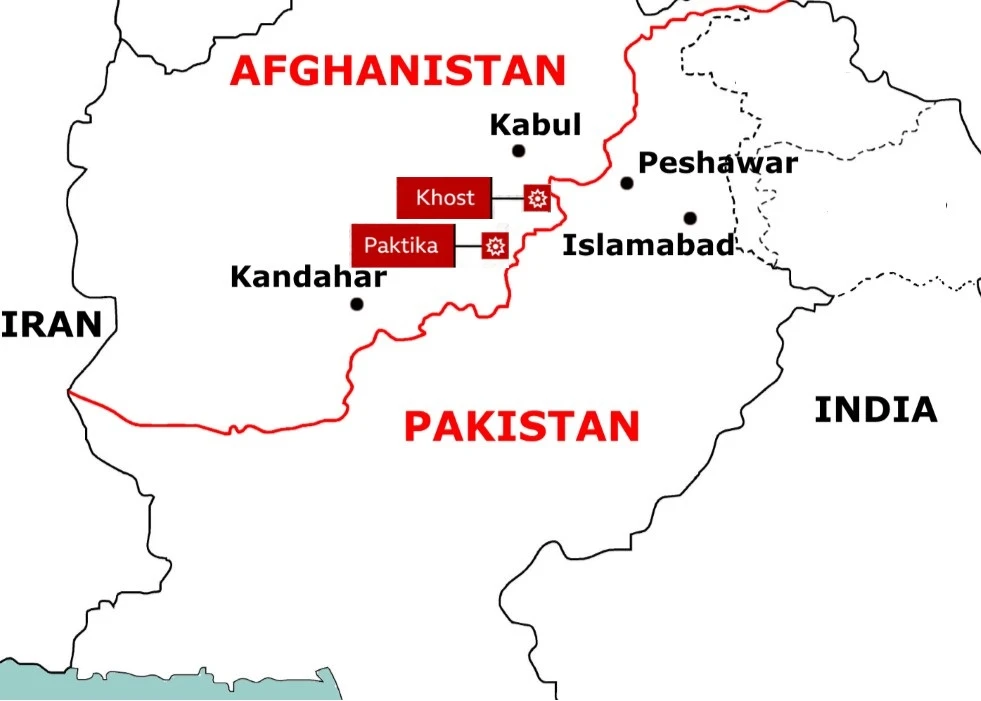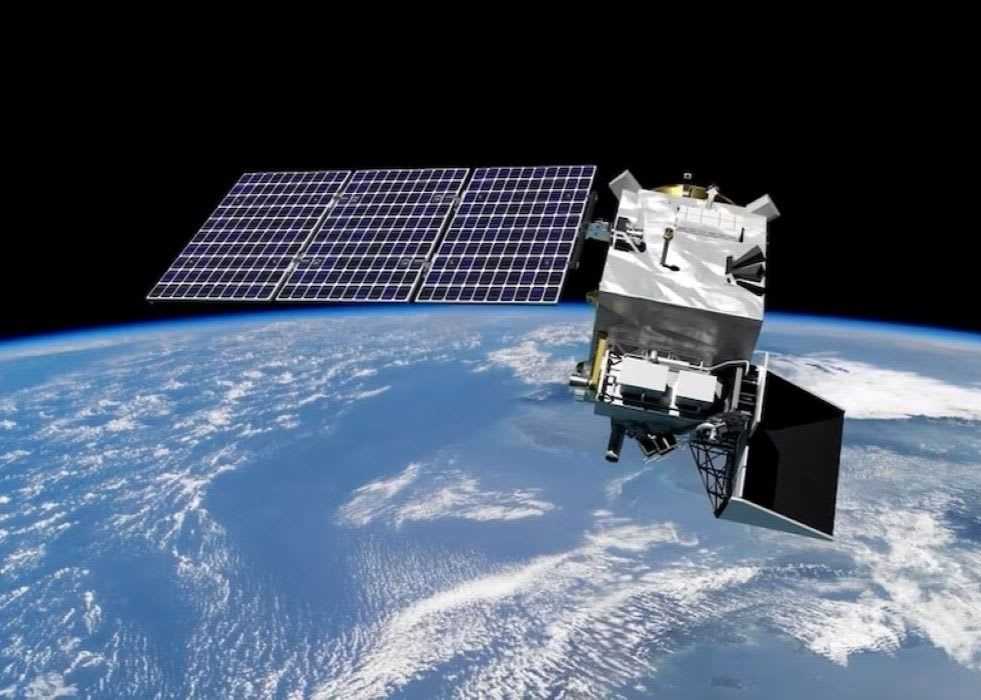The deployment of a Constant Phoenix in Europe is quite unusual. During the 1986 Chernobyl nuclear power plant accident, the first incidence occurred when many WC-135s were dispatched to monitor the tragedy. Since then, the sniffer has only made two trips to the continent: once in 2017 and once in 2020.
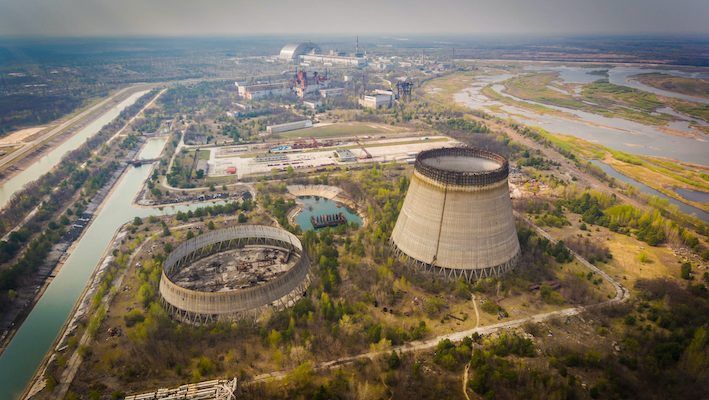
Previously, air sampling missions were routinely conducted over the Far East, the Indian Ocean, Bay of Bengal, Mediterranean Sea, the Polar regions, and off the coasts of South America and Africa.
More notably, back in 2017, an aircraft was deployed to RAF Mildenhall to conduct missions over Europe after air quality stations detected traces of radioactive Iodine-131.
What is the WC-135W Aircraft?
The WC-135 ‘Constant Phoenix’ is the U.S. Air Force, a special-purpose aircraft derived from the Boeing C-135 Stratolifter (as well as the RC-135 ‘Rivet Joint’ signals intelligence aircraft used by the Royal Air Force). According to the U.S. Air Force, its mission is to collect samples from the atmosphere to detect and identify nuclear explosions.
The aircraft is outfitted with external flow-through devices for collecting particles on filter paper and a compressor system for collecting full air samples in holding spheres. The WC-135 is based on the C-135 Stratolifter’s airframe. Only two of the 10 WC-135 aircraft manufactured (plus one EC-135C modified in 1998) remain in service, with the USAF 45th Reconnaissance Squadron. They are both frequently requested in the Pacific Ocean to watch North Korea’s nuclear development. The WC-135W’s current mission in Europe is unknown.





